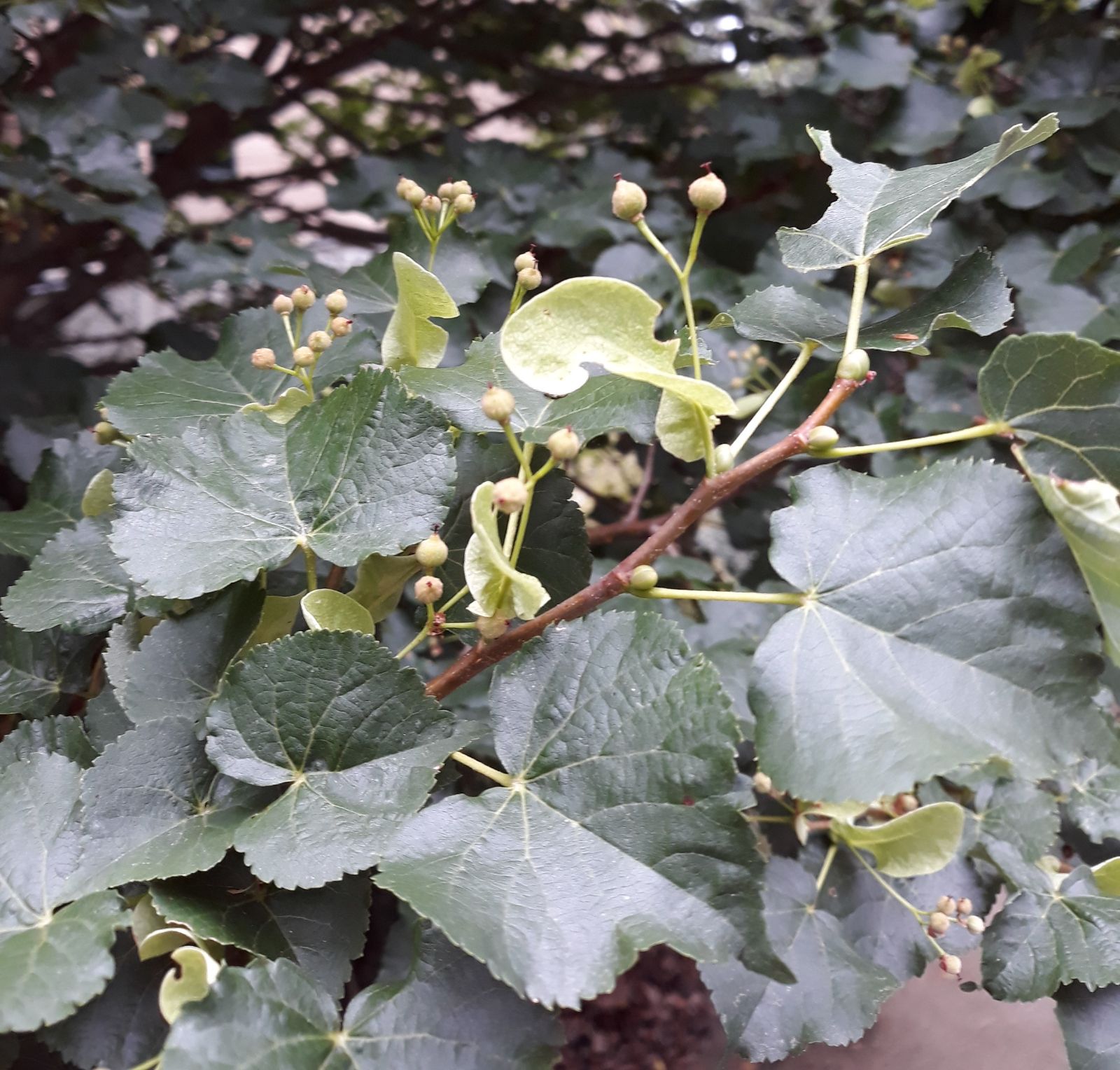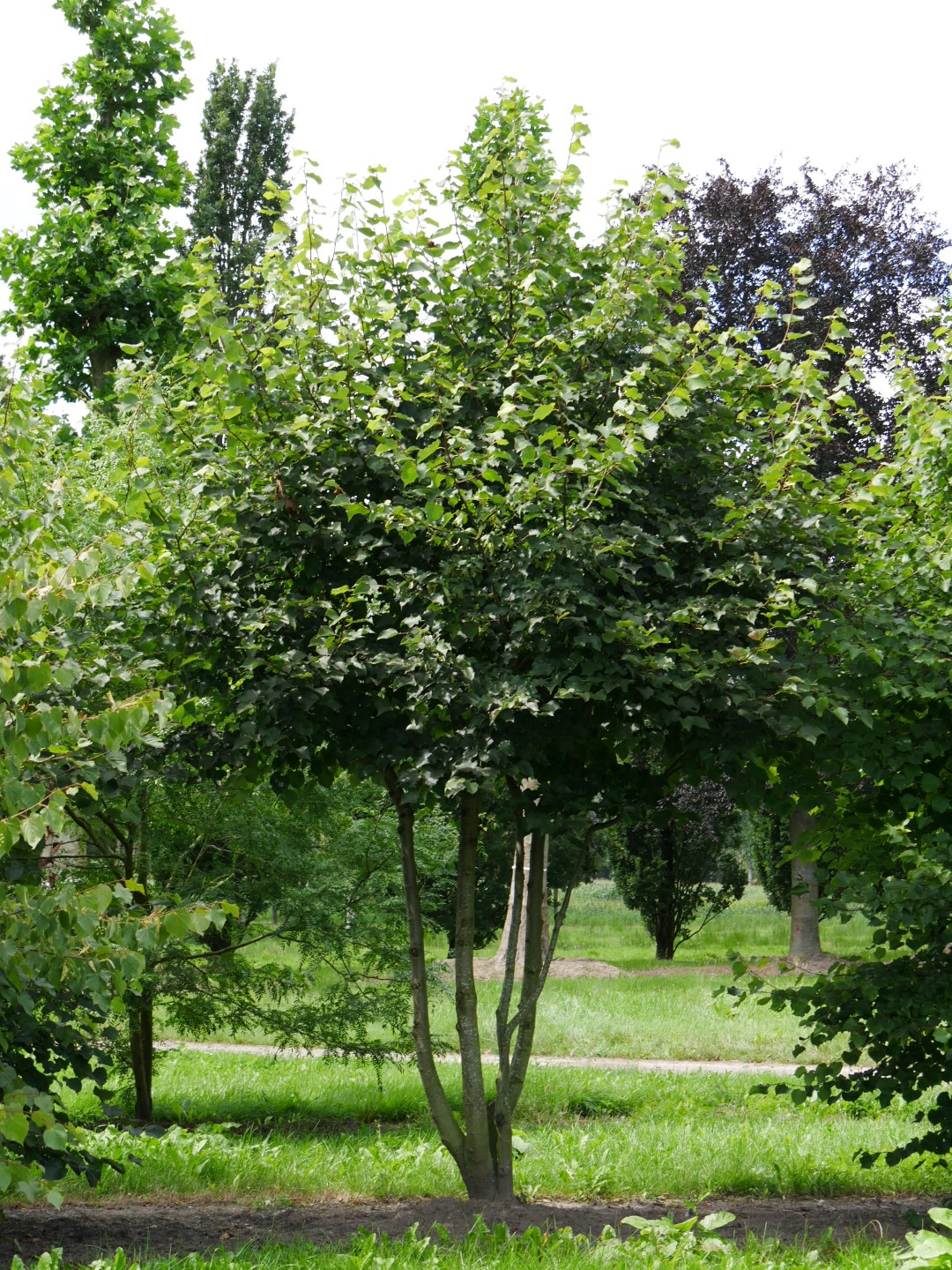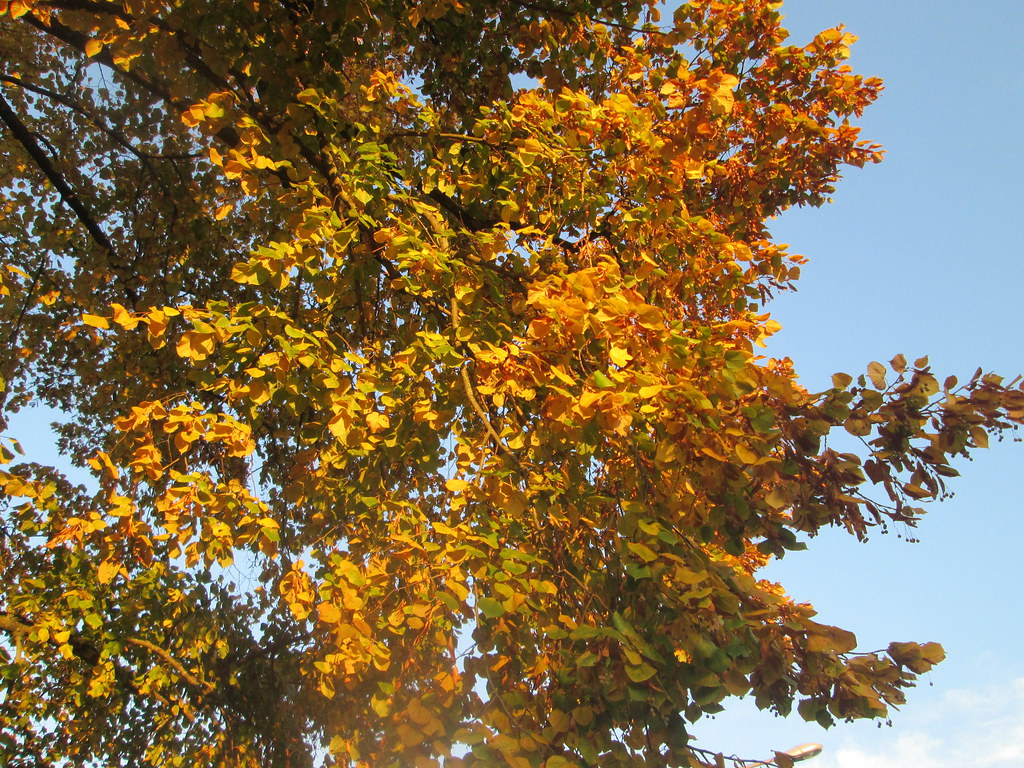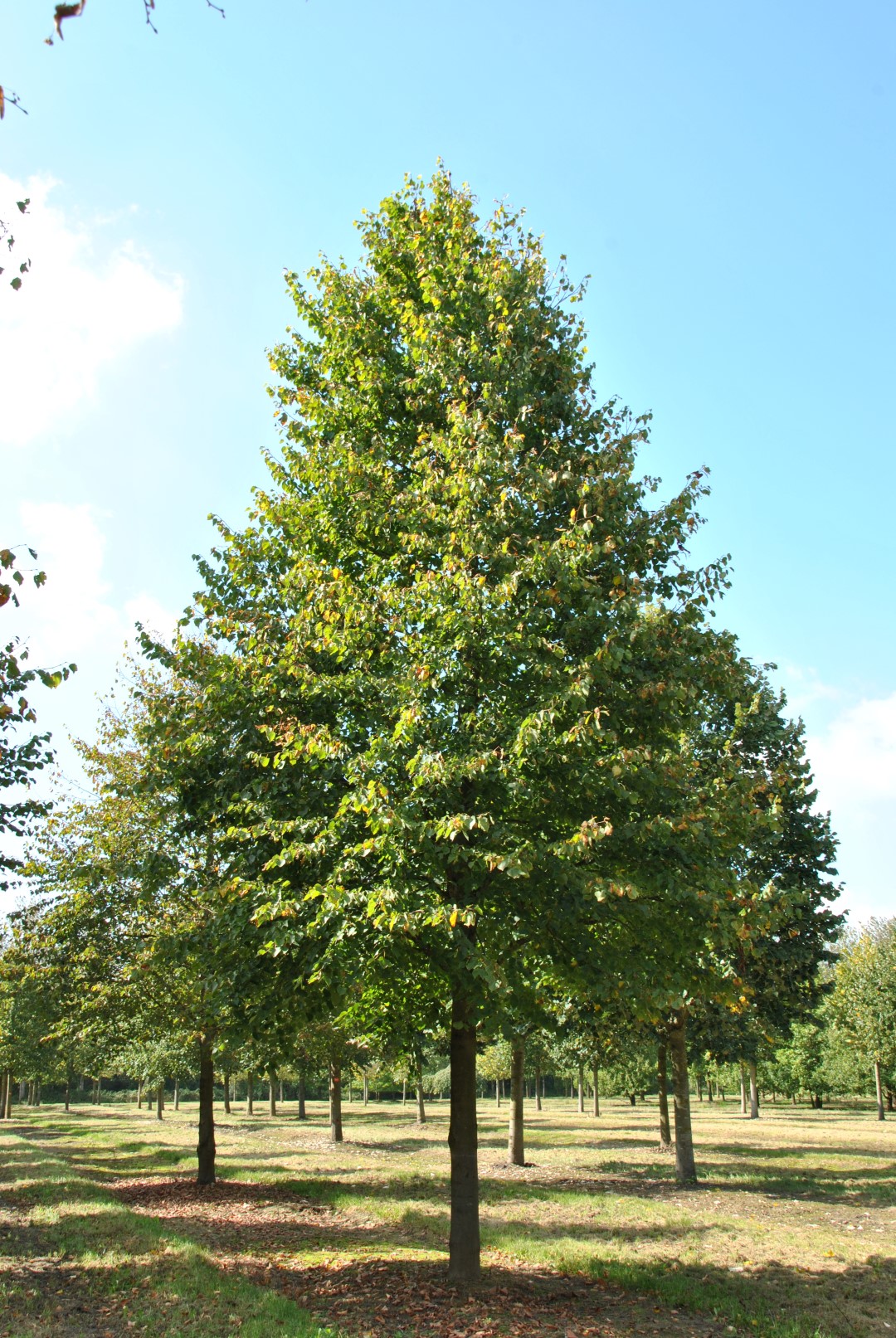
Tilia cordata Komsta 02 BonsaiMoravia
Tilia cordata. medium- to large-sized shade tree. slowly maturing at about 60' tall by 40' wide under average urban lawn conditions, but often only 20' tall by 10' wide when used as a street tree under urban stress conditions, yet over 80' tall by 60' wide under optimum growth conditions. upright pyramidal growth habit in youth, becoming.

Tilia cordata Trees and Shrubs Online
Tilia cordata × Tilia platyphyllos → Tilia ×vulgaris Hayne is a planted linden hybrid that sometimes escapes cultivation. It is known from CT, MA, ME, RI. It is recognized by its leaf blades 6-10 cm long with prominent tertiary veins (the tertiary veins of T. cordata are faint), the blades abaxially glabrous except for tufts of white.

Tilia cordata
Tilia cordata is a deciduous Tree growing to 30 m (98ft) by 12 m (39ft) at a medium rate. See above for USDA hardiness. It is hardy to UK zone 3 and is not frost tender. It is in flower from June to July, and the seeds ripen in October. The species is hermaphrodite (has both male and female organs) and is pollinated by Bees. It is noted for attracting wildlife.

Tilia cordata Smallleaved linden, European linden Van den Berk Nurseries
Tilia cordata, the small-leaved lime or small-leaved linden, is a species of tree in the family Malvaceae, native to much of Europe. Other common names include little-leaf or littleleaf linden, [2] or traditionally in South East England, pry or pry tree. [3] Its range extends from Britain through mainland Europe to the Caucasus and western Asia.

Tilia cordata Winterlinde (Tilia cordata) in Hockenheim Andreas Rockstein Flickr
Tilia cordata Littleleaf Linden. Family: Tiliaceae (Linden Family) 9; Genus: Tilia (Linden Basswood Lime) 9; Plant Type: Tree 580; Hardiness: USDA Zone 3 225; Deciduous / Evergreen: Deciduous 807; Flowers: Yellow (Flowers are fragrant, but inconspicuous; appear on cymes in summer; flower bract is of visual interest; attract bees) Foliage:

Дребнолистна липа / Tilia cordata Arbor.bg
Commonly known as the small-leaved lime or littleleaf linden, this species is not related to the lime fruit. Tilia cordata is in a family of large deciduous trees that populate the northern hemisphere, although this tree is still quite young and therefore small. Tilia is a Greek cognate for "elm tree" or "black poplar" which descends.

Tilia cordata Smallleaved linden, European linden Van den Berk Nurseries
Greenspire little-leaved linden (Tilia cordata 'Greenspire'): This cultivar also grows shorter than the species, maturing at 50 feet tall. The habit is a neat pyramidal shape with a central leader. Glenleven linden (Tilia cordata 'Glenleven'): This is now classified as Tilia x flavescens 'Glenleven'. It is a faster growing cultivar.

Tilia cordata
Native to (or naturalized in) Oregon: No. Broadleaf, deciduous tree, maintains a central leader and oval form, when mature the tree my reach 50 ft (15 m) tall and 30 ft (14 m) wide. Leaves are alternate, simple, heart-shaped (cordate), about 9 cm long and wide, dark green is summer and yellow-gold in fall. Produces the typical linden yellowish.

Zwerg Linde Komsta Tilia cordata Komsta
Soil. The small-leaved lime, Tilia cordata is a medium- to large-sized deciduous tree native to the UK and other parts of Europe. Best for the larger garden, Tilia cordata is a fantastic tree to grow for wildlife - providing nesting sites for birds, food for caterpillars and fragrant summer flowers for bees.

Tilia
Tilia cordata 'Komsta Minima' Common Name : Komsta Minima Little-leaf Linden Product Information : Unusual, miniature cultivar obtained from a witch's broom with heart-shaped leaves that emerge lime green, darken a bit in summer, and turn yellow in fall. Dense crown. Mature Size : 15-20" Hardiness Zone : 3,7 Add to Wishlist | Add to Compare

Tilia cordata Winterlinde (Tilia cordata) in Hockenheim Andreas Rockstein Flickr
The crown is a tight, compact ball of foliage and the plants are usually grafted and fail to exceed 15' in height. 'Greenspire' - Perhaps the most widely used T. cordata cultivar, this vigorous grower reaches 50' tall by 35' wide. It develops a narrow, oval crown with a straight trunk. It is popular due to its uniform branching, dark green.
Tilia cordata 'Komsta' Mundi Plantarum
Ancient Small-leaved Lime ( Tilia cordata) in Dallam Park, Cumbria - part of one of the northernmost wild populations of this species. Image Owen Johnson. Tree to 40 m, dbh 4 m. Trunk sometimes with epicormic sprouts; bark grey-brown, with irregular lumpy ridges forming from about 30 years of age.

Tilia cordata landscape architect's pages
Tilia cordata Common Name (s): Little-Leaf Linden Littleleaf Linden Small Leaf Lime Tree Small-Leaved Lime Previously known as: Tilia microphylla Tilia ulmifolia Phonetic Spelling TIL-ee-uh kor-DAY-tuh Description The littleleaf linden is a medium-sized broadleaf deciduous tree. It is a member of the Malvaceae family.

Tilia cordata Winterlinde (Tilia cordata) auf dem Friedhof… Flickr
Greenspire little-leaved linden (Tilia cordata 'Greenspire'): This cultivar also grows shorter than the species (50 feet). The habit is a neat pyramidal shape with a central leader. Glenleven linden (Tilia cordata 'Glenleven'): This is now classified as Tilia x flavenscens 'Glenleven'. Faster growing with a straight trunk and more open.

Tilia cordata Smallleaved linden, European linden Van den Berk Nurseries
Tilia (basswoods, lindens, limes) have long been popular ornamental shade trees, especially valuable as street trees due their tolerance of a wide range of urban soils ( Dirr and Warren 2019 ).

Tilia cordata 'Komsta' Lípa srdčitá Bambuscentrum.cz
Tilia cordata, commonly called littleleaf linden, is native to Europe. It has been widely planted in the U.S. as an ornamental shade tree because of its (a) attractive foliage, (b) dense, low-branched, pyramidal to ovate form and (c) tolerance for urban conditions.